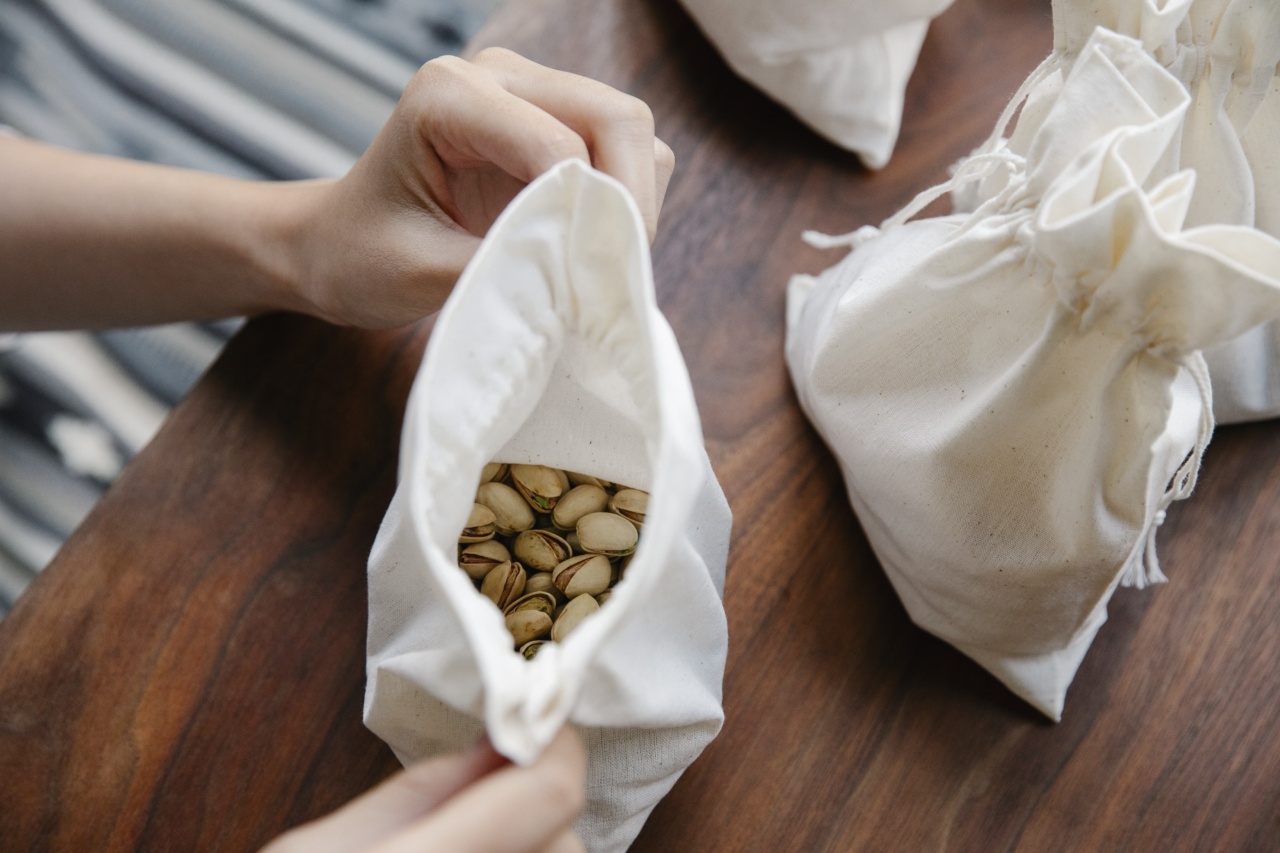Stroke is a serious medical condition that occurs when blood flow to the brain is interrupted or reduced. It can lead to severe disability and even death.
While several risk factors contribute to the development of stroke, including high blood pressure, smoking, and obesity, dietary choices are also known to play a crucial role in stroke prevention. Among various nutrients, protein intake has gained significant attention due to its potential benefits in reducing stroke risk. In this article, we will explore the optimal protein consumption for stroke prevention and its underlying mechanisms.
Protein and Stroke Incidence
Research studies have suggested that consuming an adequate amount of protein can help lower the risk of stroke.
Protein is essential for various functions in the body, including maintaining and repairing tissues, producing enzymes and hormones, and supporting overall health. Adequate protein intake can offer protective effects against stroke by regulating blood pressure, reducing inflammation, and improving blood lipid profiles.
Recommended Daily Protein Intake
The optimal protein consumption for stroke prevention varies depending on factors such as age, sex, and activity level. The Recommended Dietary Allowance (RDA) for protein is set at 0.8 grams per kilogram of body weight per day for adults.
However, this value may not be sufficient for individuals with higher protein needs or those looking to prevent stroke.
Protein Quality and Stroke Prevention
Not all protein sources are created equal when it comes to stroke prevention. High-quality proteins, such as lean meats, fish, eggs, dairy products, and legumes, provide all essential amino acids that the body needs to function optimally.
These proteins also contain beneficial nutrients like omega-3 fatty acids, vitamins, and minerals that further support cardiovascular health and reduce stroke risk.
The Role of Plant-Based Proteins
Plant-based proteins, such as those found in beans, lentils, quinoa, and tofu, can be excellent choices for stroke prevention.
These proteins are generally low in saturated fat and cholesterol and high in fiber, which can aid in weight management and reducing the risk of stroke. Additionally, plant-based proteins are rich in phytochemicals and antioxidants that possess anti-inflammatory properties and protect against oxidative stress, both of which are closely linked to stroke development.
Protein Timing and Distribution
In addition to the total protein intake, the timing and distribution of protein consumption throughout the day may also influence stroke prevention.
Some studies suggest that evenly distributing protein intake across meals, rather than consuming most of it in one meal, may be beneficial. This approach helps maintain stable blood sugar levels and supports muscle protein synthesis over the course of the day.
The Connection Between Protein and Blood Pressure
High blood pressure is considered a major risk factor for stroke. Protein intake, particularly from healthy sources, has shown potential in lowering blood pressure levels.
Studies have found that following a diet rich in lean proteins, such as lean meats, poultry, fish, and low-fat dairy products, can help reduce both systolic and diastolic blood pressure. This, in turn, lowers the risk of stroke and other cardiovascular diseases.
Inflammation and Protein Consumption
Chronic inflammation is closely associated with the development of stroke and other cardiovascular diseases. Protein intake has been shown to affect inflammatory markers in the body.
High-quality proteins, including those from animal and plant sources, have anti-inflammatory properties and can mitigate the risk of stroke by reducing systemic inflammation levels. It is important to note that processed meats and high-fat animal products may have the opposite effect and should be limited or avoided.
Protein and Blood Lipid Profiles
Abnormal blood lipid profiles, characterized by high levels of LDL cholesterol and triglycerides, are known risk factors for stroke.
Protein intake, especially from sources like fatty fish, has been found to improve lipid profiles by increasing HDL cholesterol (the “good” cholesterol) and decreasing LDL cholesterol and triglyceride levels. Consuming omega-3-rich fish, for example, can have a protective effect against stroke by improving lipid metabolism.
Individual Considerations for Protein Consumption
While protein intake can have various benefits for stroke prevention, it is important to consider individual needs and health conditions. People with kidney disease or certain medical conditions may require modified protein intake.
Consulting with a healthcare professional or a registered dietitian can help determine the optimal protein consumption for stroke prevention based on individual factors.
The Bottom Line
Optimal protein consumption plays a significant role in stroke prevention.
Including a variety of high-quality proteins in the diet, such as lean meats, fish, dairy products, legumes, and plant-based proteins, can provide essential nutrients, regulate blood pressure, reduce inflammation, and improve blood lipid profiles. It is crucial to maintain an overall balanced diet, engage in regular physical activity, and consult with a healthcare professional to effectively reduce the risk of stroke and promote overall health.































